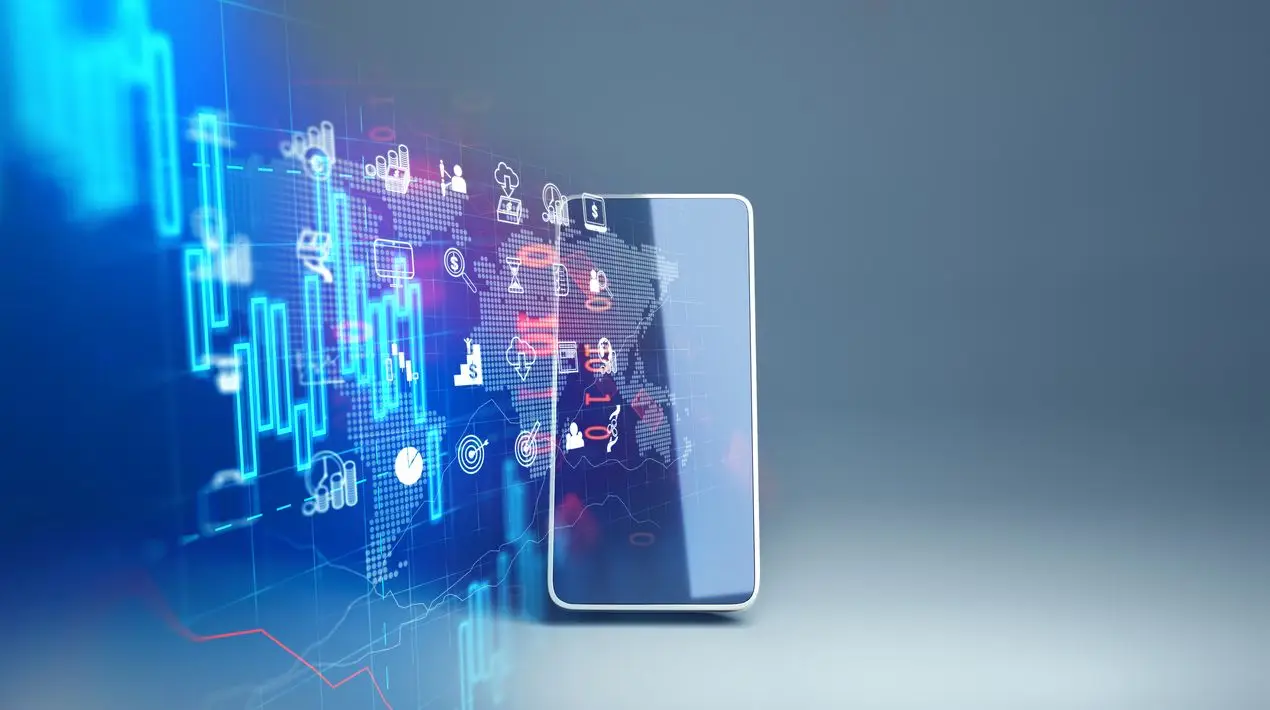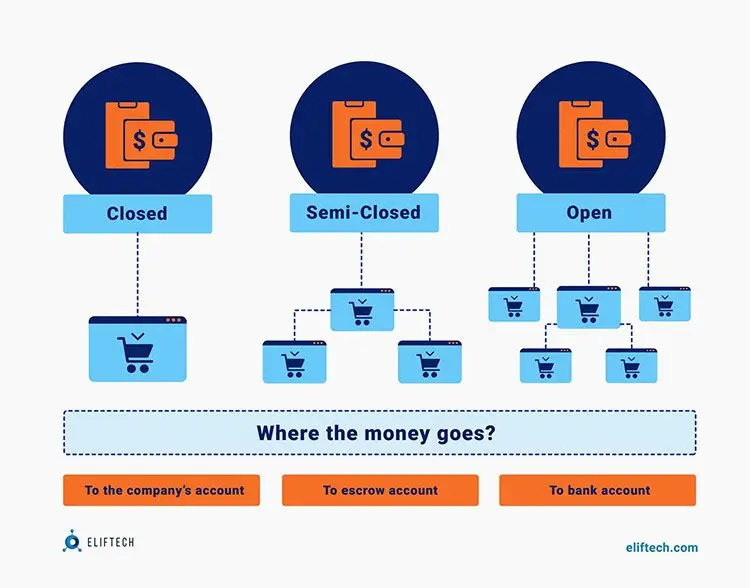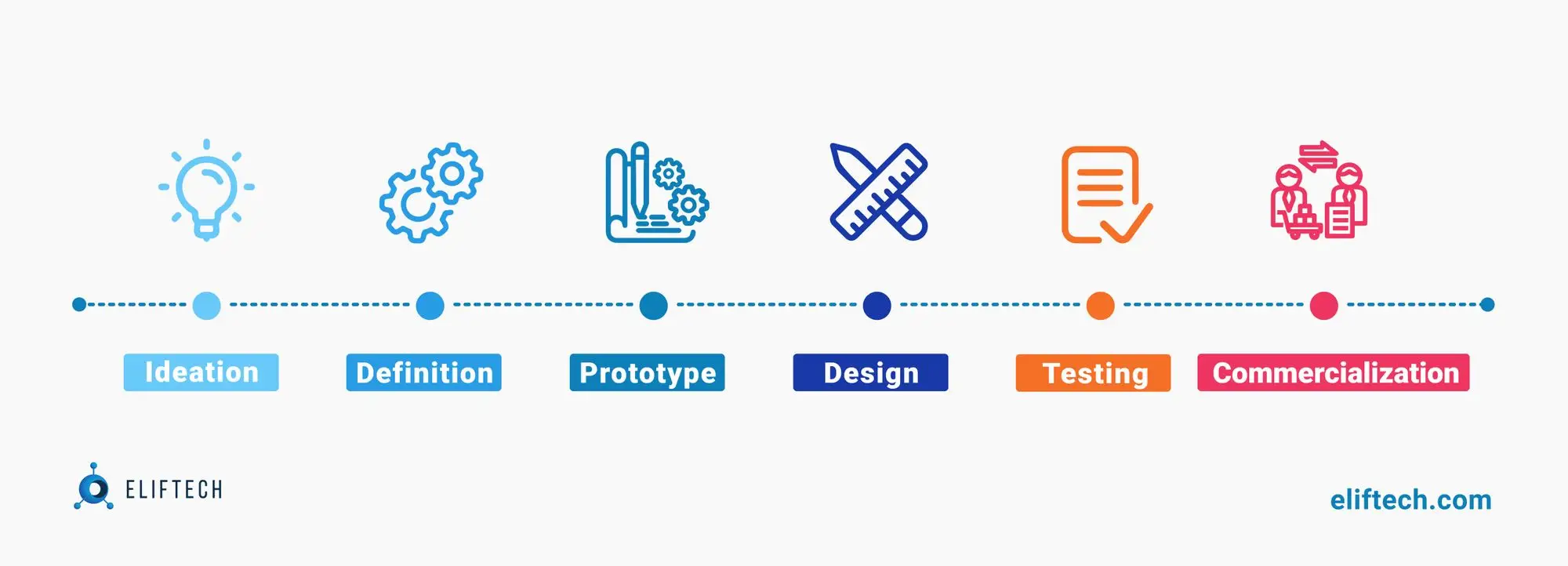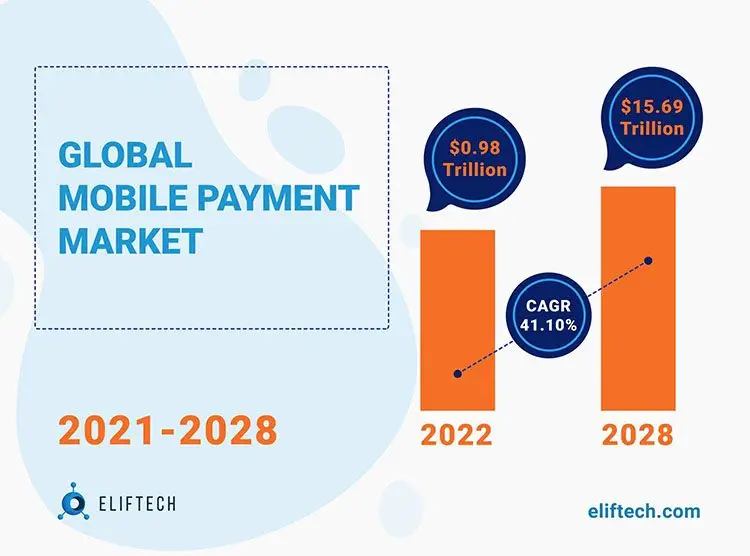FinTech
Digital Wallet Development: Our Experience and Insights

Due to the pandemic, digital wallets have become a part of our lives: they are easy to use, safe, enable contactless payments, and can store any card you want, even your driver's license. The demand for them grows, so many companies have decided to build one. In this article, we will discuss important things to consider before e-wallet development, the most popular e-wallets, and our experience building e-wallets for ClassWallet company.
Table of contents:
- Things to consider before developing a digital wallet
1.1 Select your type of digital wallet
1.2. Select the features you want to implement
1.3 Choose the best technology stack
1.4 Make a unique prototype
1.5 Develop and test digital wallet
1.6 Set the security strategy
2. Best practices of technologies for digital wallets
3. Our experience: ClassWallet Сase Study
4. What does the future look like for digital wallets?
5. Final thoughts
Things to Consider Before Developing a Digital Wallet
There are many factors you should take into consideration before starting the development of your digital wallet app. You need to understand many aspects of the industry and know the risks you can face. So, let’s start from the basics.
Select your type of digital wallet
There are many types of digital wallets, and before the development process, you need to determine what type of e-wallet you want to create. This means that at first, you need to understand the goals of your application, who is your target audience and many other factors. To make the development of your e-wallet as smooth and fast as possible, we can help you determine those crucial aspects. Usually, this process is a part of a Discovery Phase. In our article Digital Wallets: Discovery phase explained, we highlighted the most critical moments and steps you need to consider before e-wallet development.
So, let’s go through the main types of e-wallets:
- The closed wallet is the best option for companies that want to create an e-wallet for their users only. A great example of a closed wallet is Amazon Pay.
- The open wallet has a full range of features in a digital wallet: it allows users to buy products or services, withdraw money from ATMs or banks, and transfer funds. An excellent example of an open wallet is PayPal.
- The semi-closed wallet allows users to complete transactions with listed shops and locations available offline and online.
- The crypto wallet allows customers to store and manage their cryptocurrencies.
- IoT wallets enable clients to perform transactions using different wearable devices and appliances.

Main Features of Your App: Why They Are Important?
The features implemented in your app play a key role in its popularity and usability. To make a good product, you need to add some basic features, for example:
- User Registration
- Card authorization
- Transaction history
- Bill payments
- The option to add and check the account balance
- Push-notifications
And, to make your app outstanding from the others – enhance it with some advanced features:
- Loyalty cards
- Bill splitting
- Loyalty reward offers
- Gift cards
- Geo-targeting
- Exclusive offers
- Membership cards/discounts
Keep in mind that features are one of the critical aspects of the app development cost.
Make a unique prototype
The challenging process of web or mobile wallet development starts with the discovery phase. Our article "Digital Wallets: Discovery phase explained" uncovered critical moments of the discovery phase roadmap and its architecture. So, now, let's concentrate on the design part of this phase.
The prototyping and design process consists of 2 elements: User Experience and User Interface. To make a user-centered application, our dedicated team of designers will ensure that your app looks incredibly beautiful and is easy to use. Designers will research some additional features and target audiences and make a customer journey map and user flow. On the basis of those and many other factors, they will create a unique prototype with a great user interface and user experience of your application.
Develop and test a digital wallet
When you have a prototype of your wallet, the development and testing stages can start! During this process, which is actually called the Development phase, our dedicated development team will create and implement the solution for your business based on the UI/UX design decisions made earlier during the discovery phase. This process may involve many technologies we will describe later in this article, and some unexpected challenges.
This process requires a qualified and professional team consisting of a project manager, a mobile developer, an AWS Certified DevOps Engineer, Front-end and Back-end developers (if a digital wallet web app development is needed), and a quality assurance engineer. During this stage, we can also make a minimum viable digital wallet product with enough features to attract some customers and consequently – validate a product idea during the product development cycle. Such a technique will help you receive user feedback early so that you can improve the product in the early stages and make it fit the requirements of your users.
As we said earlier, when your digital wallet app is developed, it is needed to be tested, as some bugs can occur. The testing is crucial for any app, especially for e-wallets, as they collect and process your clients' sensitive data. So, this part will prevent many unexpected things from happening and ensure the application's security. And after this, you can finally launch and promote your digital wallet app!
To summarize the development process and make everything clear, take a glance at this picture representing the roadmap of digital wallet development.

Choose the best technology stack
The technology stack plays a key role here. In the article “Digital Wallets: Discovery phase explained.” we added some advanced recommendations on the tech stack we use for different aspects of e-wallet development.
While choosing a technology stack, we recommend taking into consideration the following factors:
- Personal requirements and a problem you want to solve
- Features that will be implemented in the e-wallet app
- Scope, size, timeline, and complexity of the project
- Flexibility and scalability
- Security strategy
Set the security strategy
Security is an extremely important aspect of e-wallet apps, as data leaks can occur if the security system is not implemented correctly or is weak. So, here are some pieces of advice on the powerful tools to implement in your app:
- SSL (Secure Sockets Layer) – a standard security technology that establishes the protocol for data encryption. Basically, it securely transfers the encrypted link between the two parties of this process.
- Tokenization is a great security tool: It replaces sensitive data with non-sensitive data and allows to complete secure mobile payments. This system links the original data to the token and simultaneously does not compromise security.
- PCI DSS Certification (The Payment Card Industry Data Security Standard) - is a set of rules and standards made by Visa, MasterCard, American Express, JCB, and Discover payment systems to ensure the security of card data at all the businesses that collect, process, and store sensitive credit card information. Compliance with PCI DSS requirements is a must for a company, not only from the security perspective but also because it can positively impact the trust of your clients in your e-wallet.
- Sandboxing is a powerful technique that will enable you to move different software and files considered suspicious into a sandbox, which is basically an isolated environment. Once the threat is isolated, it will be tested and analyzed. Moreover, the gathered information will help you provide security to your users and protect the system from threats similar to the analyzed one.
Best Practices of Technologies for Digital Wallets
There are many examples of successfully launched digital wallets. There are various products, but each user chooses the app that fits their needs. There are many factors to take into consideration. For example, regional limitations, operation systems, etc. So, here are some examples of the most popular digital wallet apps.
- Apple Pay and Apple Wallet allow users to make payments in person using the following apple devices: iPhone, Apple Watch, iPad, and Mac. Apple Wallet has shown itself as a secure system for payment and storage of credit, debit cards, and other essential documents that you can use with Apple Pay. The payments are verified and well-secured by multiple-factor authentication.
- Samsung Wallet lets you put your favorite cards on your devices so you can easily check out in-store, in-app, or online. This app uses near-field communication (NFC) technology as a method of wireless data transfer. Samsung Wallet is available only on Samsung devices and isn't yet set up to manage website payments. Samsung Wallet is available only on Samsung devices and isn't yet set up to manage payments on websites.
- Google Wallet – this application uses NFC technology, too, and enables the users to pay with a fingerprint or password. Google Wallet is a secure and fast tool for completing digital payments.
- PayPal and PayPal One Touch – the PayPal application provides P2P (peer-to-peer) money transfer services for different aims. Also, PayPal can be linked with other apps like Apple Pay. The PayPal One Touch is an extension of the services provided by PayPal. The main feature of this app is that users can skip the logging-in process while making payments. This application speeds up transactions and keeps users' financial data secure by always using the same device and browser combination.
- Venmo is an app that transfers payments from one user to another through connected bank accounts. This app is rich in features and enables users to request money from friends, split bills, shop online, and share rent payments with roommates.
- CashApp is one more peer-to-peer payment service. The features of this app allow you to create a bank account and a credit card, invest in stocks and cryptocurrencies through an app, etc.
Our experience: ClassWallet Сase Study
Recently, the ElifTech team helped ClassWallet to develop and implement a new version of their product that would support millions of users and include such features as prepaid cards support, online transactions, a role-based security model, online shopping integration, and some other features.
Our client is a company that provides payment, purchasing, and reimbursement solutions for educational organizations, and the goal of this company was to reduce transaction costs, help track financial transactions in real-time and eliminate bureaucracy from the educational and financial system.
We believe that customization is the key to success, so during the whole process of our cooperation, we examined the peculiarities of the field and requirements of Class Wallet. For example, we decided to create a unique architecture for the product and not to work with real money. Basically, we worked with the virtual data of the users. Such a decision was made to ensure the app's security because you can still correct some aspects if needed.
Regarding security, in the ClassWallet case, all documentation is thoroughly checked, and all processes and regulations are monitored. It is necessary to check the platform's reliability because millions of dollars are spent here, so we ensure that data leaks can not occur. Now, we provide the application with two-factor authentication, tokens, and a properly configured cloud database. As an additional factor, we care about security during the work with our employees: all the laptops of our developers have two layers of protection. Therefore, data leak from their side is impossible.
Also, during the development, we made MVPs of various micro-processes that actually helped us to create an analytical database where you push data and pull reports. Creating MVP really helped us in bug fixing.
Our cooperation with ClassWallet did not stop in the development phase: we provide them with maintenance services. So, there are several customer support groups in different countries and a chatbot that answers frequently asked questions. Adding a chatbot was a great decision as it helps people to optimize their time and money.
As a result of our cooperation, the platform has quickly gained popularity and is in demand among its users, with a customer renewal rate of 98,9%. The ClassWallet solution has cut many expenses and made it much easier for education organizations to manage their cash flow.
What Does the Future Look Like for Digital Wallets?
There is no doubt that digital wallets will be more prevalent in the future: they have already shown themselves as reliable, practical, and safe apps, especially during the pandemic. For example, Verified Market Research states that the Mobile Payment Market size was valued at USD 0.98 Trillion in 2020 and is projected to reach USD 15.69 Trillion by 2028, growing at a CAGR of 41.10% from 2021 to 2028, as is represented on the chart below. There are many useful technologies and features not yet implemented in digital wallets that will help you target new users.
Moreover, according to Juniper Research, the number of unique digital wallet users is predicted to grow from 2.6 billion to 4.4 billion by 2025. So, as you can see, e-wallets will become indispensable companions in everyday life.

Final Thoughts
So, to conclude, there are many things you should take into account before the development of your e-wallet, for example, the type of digital wallet, features you want to implement, technology stack, a unique prototype, MVP, digital wallet development, and testing, and the security strategy. At first sight, e-wallet development is quite challenging, but, in fact, when a professional software development company makes helps you, it is a smooth and enjoyable process that is definitely worth the money and effort.
If you need any guidance on building the digital wallet, feel free to contact our dedicated team!
